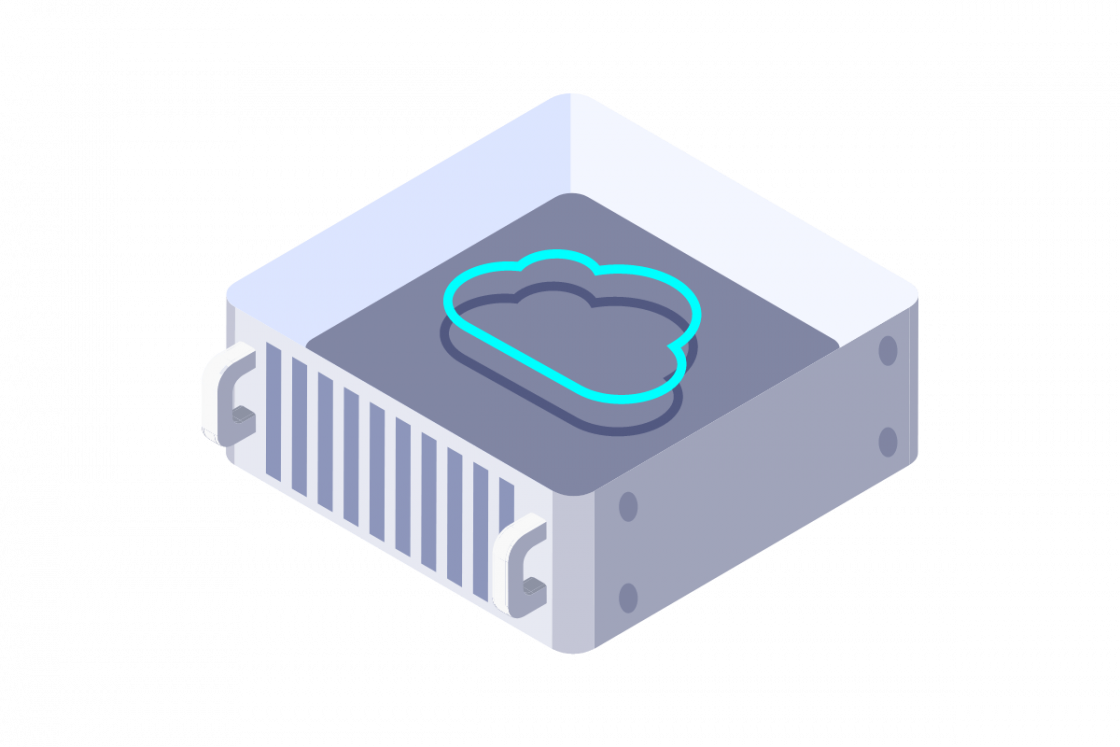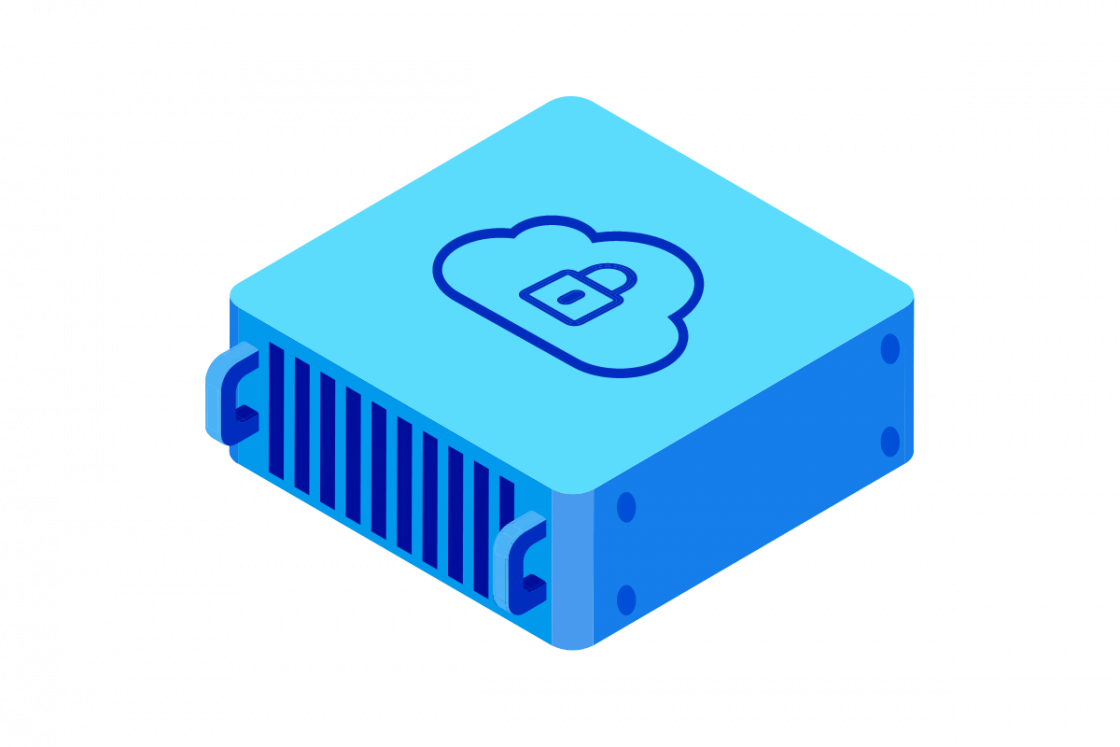Bare Metal vs Virtual Machines
Choosing the right server infrastructure is a crucial decision for any business, as it directly impacts performance, cost, and scalability. In the world of cloud computing, two fundamental options stand out: bare metal servers and virtual machines (VMs). While both provide the foundation for hosting applications and services, they are built on entirely different architectural principles.
This article will explore the core differences between these two solutions, helping you understand their respective strengths, weaknesses, and ideal use cases. By the end, you will be equipped to make an informed decision that aligns with your specific business needs and technical requirements.

Understanding Bare Metal Servers
A bare metal server is a single-tenant physical server dedicated to one customer. Unlike virtual machines, there is no hypervisor or other virtualization layer between the user and the server's hardware. This means the user has full, exclusive access to all of the server's resources, including its processor, memory, and storage.
Key Features:
- Dedicated resources: You are the sole user of all the server's resources.
- No hypervisor overhead: The lack of a virtualization layer eliminates any performance overhead, allowing for direct and maximum utilization of the hardware.
- Complete control: You have full control over the operating system, drivers, and software stack.
- Enhanced security: Physical isolation provides a higher level of security, as there is no risk of a "noisy neighbor" or security vulnerabilities from other tenants on the same machine.
Typical Use Cases:
Bare metal servers are the ideal choice for workloads that demand peak performance and consistent low latency. Common use cases include:
- High-performance computing (HPC): Scientific simulations, complex data analysis, and rendering.
- Large databases: Running extensive databases that require massive I/O throughput and low latency.
- Big data & analytics: Processing large datasets with applications like Hadoop or Spark.
- High-frequency trading: Financial applications where every millisecond is critical.
- AI and machine learning: Training complex models that require full access to GPUs or other specialized hardware.
Understanding Virtual Machines
A virtual machine is a virtualized, software-based computer that runs on a physical server alongside other VMs. A layer of software called a hypervisor (for example, VMware services such as VMware Tanzu) manages the physical server's resources and distributes them among the VMs, each of which has its own isolated operating system and applications. This allows multiple virtual environments to run on a single piece of hardware, maximizing resource utilization.
Key Features:
- Shared resources and multitenancy: Unlike bare metal, VMs share the underlying physical hardware.
- Flexibility and portability: VMs are highly flexible. They can be created, resized, and moved across different physical servers or even between data centers with ease.
- Cost-effectiveness: VMs are generally more affordable than bare metal servers because you only pay for the specific resources you need, rather than for an entire physical machine.
- Rapid provisioning: VMs can be provisioned and deployed very quickly, often in a matter of minutes, as they don't require physical hardware setup.
Common Use Cases:
The flexibility and scalability of VMs make them suitable for a wide range of applications and services. These use cases include:
- Web hosting: Running multiple websites on a single physical server, as many websites don't require dedicated hardware.
- Development and testing environments: Developers can quickly spin up new VMs to test applications in a sterile, isolated environment and then destroy them when no longer needed.
- Cloud computing: VMs are the fundamental building block of public cloud services, allowing providers to offer scalable and elastic compute resources.
- Disaster recovery: VMs can be replicated and restored quickly on different hardware in the event of a system failure.
Key Comparison Points Between Bare Metal and Virtual Machines
Now that you understand the fundamental differences between bare metal servers and virtual machines, you're better equipped to make a choice that fits your specific needs. However, navigating the many different options and provider offerings can be a challenge.
Advantages of Bare Metal Servers
Bare metal servers provide unparalleled performance due to the absence of a hypervisor. This eliminates virtualization overhead, ensuring you get the full power of the hardware. The direct access to resources also results in lower latency, which is crucial for applications where speed is paramount.
With a bare metal server, you have complete control over the entire software and hardware stack, allowing for deep customization and fine-tuning. Furthermore, the single-tenant environment provides a higher degree of security and isolation, as you are not sharing the physical machine with anyone else.
Disadvantages of Bare Metal Servers
Despite their performance benefits, bare metal servers come with several drawbacks. They are significantly more expensive than VMs, as you are paying for the entire physical machine. They also lack flexibility and scalability.
If you need more resources, you must purchase and provision a new physical server, which can be a time-consuming process. The management and maintenance of a bare metal server require a greater level of technical expertise, making them less suitable for organizations with limited IT resources.
Advantages of Virtual Machines
Virtual machines offer greater flexibility and scalability compared to bare metal servers. You can easily scale resources up or down as needed and provision new VMs in a matter of minutes. This agility allows businesses to respond quickly to changing demands.
VMs are also much more cost-effective, with a pay-as-you-go model that prevents you from paying for underutilized hardware. The portability of VMs simplifies tasks like disaster recovery and migration, as a VM can be easily moved to another physical host.
Disadvantages of Virtual Machines
The primary disadvantage of VMs, including in a virtual private cloud, is the potential for performance overhead caused by the hypervisor and resource sharing. While modern virtualization technologies have minimized this, it can still impact the performance of demanding, latency-sensitive applications.
Security can also be a concern, as you are sharing a physical server with other tenants. Additionally, the “noisy neighbour” effect can occur when another VM on the same hardware consumes a disproportionate amount of resources, which can impact your VM's performance.
Use Cases: When to Choose Bare Metal or VM?
The choice between bare metal vs non-dedicated server depends entirely on your specific workload and business priorities. It can be a finely balanced choice, too, but the following should give you good guidance:
Choose Bare Metal Servers when:
- You need maximum performance and low latency: For applications like high-frequency trading, real-time analytics, or large-scale gaming, where every millisecond of latency is critical.
- Your workloads require specific hardware: If your application needs direct access to a specific GPU, specialized networking card, or other custom hardware, bare metal is the only option.
- Security and isolation are top priorities: Industries with strict compliance requirements, such as finance or healthcare, often prefer the complete isolation and security of a dedicated physical server.
- You have a stable, sustained workload: If your application has consistent high-performance demands and you can accurately predict your resource needs, a bare metal server is a cost-effective choice in the long run.
Choose Virtual Machines when:
- Cost-effectiveness and flexibility are key: For startups or businesses with limited budgets, VMs allow you to pay only for the resources you need and scale up or down easily.
- You have variable or unpredictable workloads: VMs are ideal for applications with fluctuating traffic, such as e-commerce websites during a sale or a mobile app with a variable user base. You can quickly add or remove resources to meet demand.
- You need to test and develop applications quickly: Developers can provision and tear down VMs in minutes, and use containerization, making them perfect for creating isolated testing and development environments without waiting for physical hardware.
- You want easy management and maintenance: VMs are managed by a service provider, which simplifies infrastructure operations and reduces the need for in-house technical expertise.
Making the Right Choice for Your Business
Making the choice between bare metal and virtual machines requires a careful assessment of your business's unique needs – not unlike comparing Kubernetes vs Docker.
The decision is a balance between performance, cost, and flexibility. Bare metal servers are the clear winner for performance-critical applications that need consistent, low-latency access to dedicated hardware.
Their unmatched power and security make them the go-to for workloads like high-frequency trading, big data analytics, or any application with a sustained, predictable demand for computing power.
However, for most businesses, the agility and cost-effectiveness of virtual machines are more compelling. VMs provide the ability to scale resources on demand, making them perfect for unpredictable workloads and cost-conscious organizations.
They are the ideal solution for web hosting, development, and testing environments, and any application where flexibility is more important than raw, dedicated performance. Ultimately, the best choice is the one that aligns with your budget, technical requirements, and long-term business strategy, just like comparing Rancher vs Kubernetes.
OVHcloud Solutions for Bare Metal and VMs
Whether you need the raw, unadulterated power of a physical machine or the cloud native flexibility and scalability of a virtual environment, OVHcloud provides a comprehensive range of solutions. Our Bare Metal and VM offerings are designed to give you the control, performance, and reliability you need to succeed. Explore our options to find the perfect fit for your workload.

Bare Metal Cloud
Get dedicated, single-tenant servers with the raw power and control you need. Our Bare Metal Cloud gives you full administrative access to your server's physical hardware, ensuring maximum performance and security for your most demanding workloads.

Virtual Private Servers (VPS)
Jumpstart your projects with a flexible and scalable VPS. Perfect for developers, entrepreneurs, and businesses, our VPS solutions offer a balanced mix of performance and affordability. With SSD-only storage and a global network of data centers, your applications will always be fast and available.

Hosted Private Cloud
Build a powerful, scalable, and secure private cloud environment with our Hosted Private Cloud. This fully managed solution is built on VMware technology, providing you with a familiar and robust platform to run your virtualized workloads.